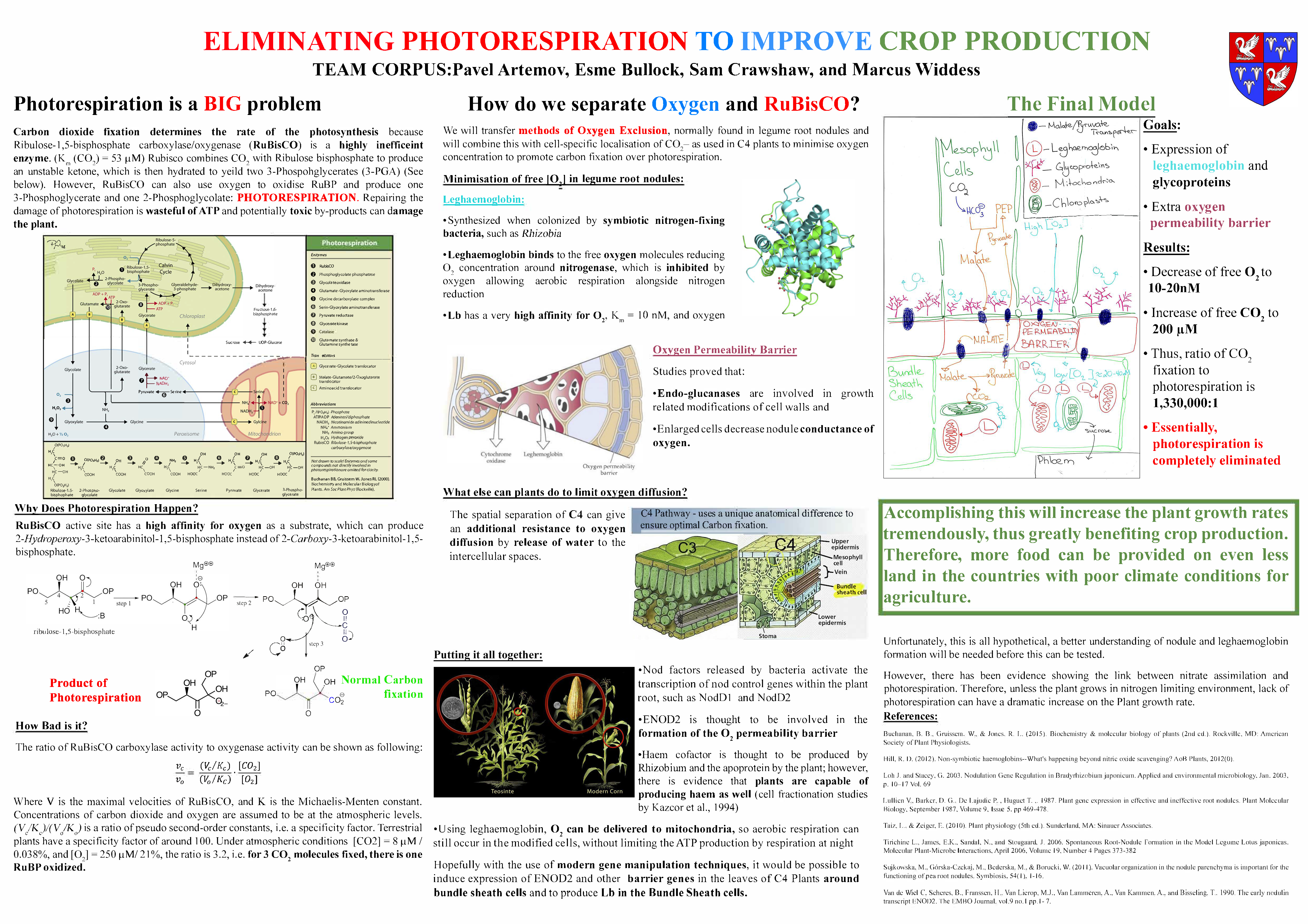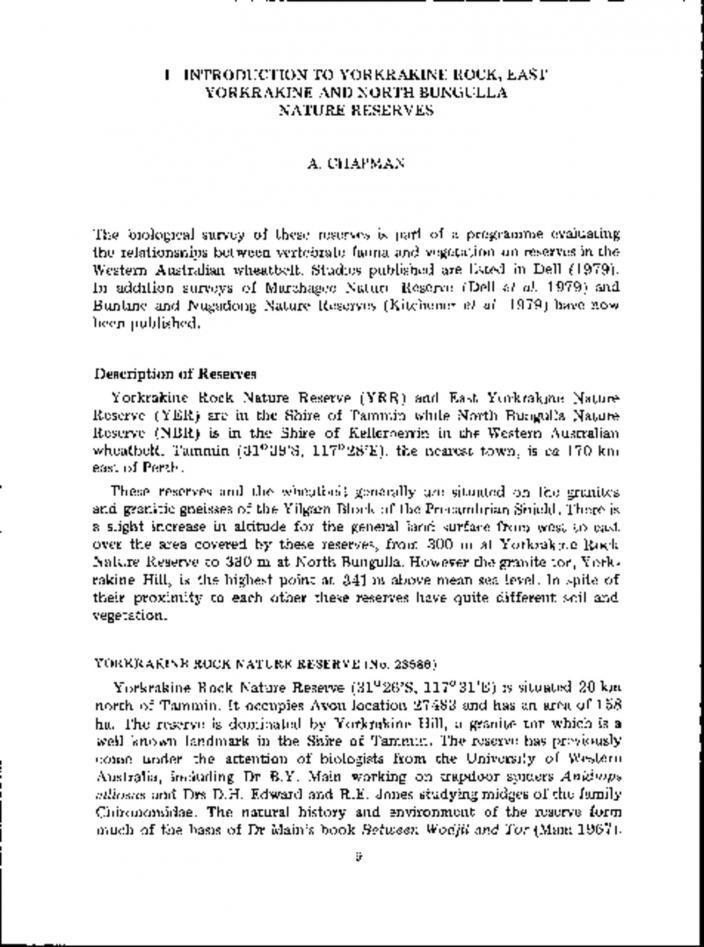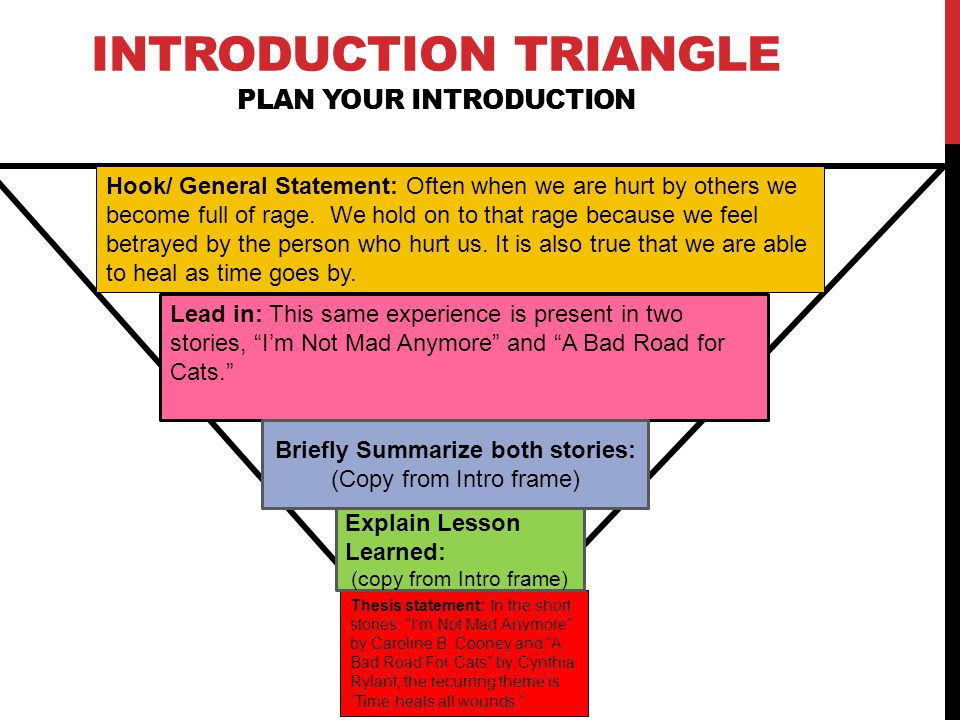ITIS Standard Report Page: Dromaius novaehollandiae.
Information about a species, including classification, sighting data and conservation status. Information about a species, including classification, sighting data and conservation status.. Dromaius novaehollandiae (Latham, 1790) Common name emu WildNet taxon ID 1089 Alternate name(s) spotted emu Nature Conservation Act 1992 (NCA) status.Disclaimer: ITIS taxonomy is based on the latest scientific consensus available, and is provided as a general reference source for interested parties. However, it is not a legal authority for statutory or regulatory purposes. While every effort has been made to provide the most reliable and up-to-date information available.Dromaius novaehollandiae, emu, remains common in most of the more lightly settled parts of mainland Australia. Overall population varies from decade to decade according to rainfall; as low as 200,000 and as high as 1,000,000, but a typical figure is about half a million individuals.
The Emu, Dromaius novaehollandiae, is a large flightless bird. It is native to Australia. The emu is the tallest bird from Australia. It is also the second tallest bird in the world, after its ratite relative, the ostrich. The emu is also related to the cassowary which is slightly smaller but heavier.Details of Emu classification includes all the scientific information which is called as taxonomy. Taxonomy is another name for classification. Emu classification involves hierarchical levels to place species into groups. Most of us know Emu by its common name and are unaware of the scientific name.

Note: For IOC classification 2.11, this is currently the only extant (living) species in the genus Dromaius. IOC link: Dromaius novaehollandiae in order Casuariiformes subcat; ITIS link: Dromaius novaehollandiae (Latham, 1790) IUCN: Dromaius novaehollandiae (Latham, 1790) (old web site) (Least Concern).












